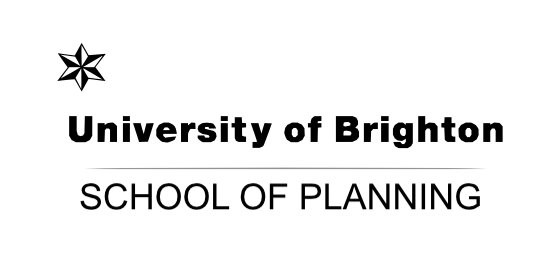The initial working groups’ activity informed and was substantially developed by the first of two Masters’ student projects undertaken with the Brighton School of Planning. Students – many of whom were part-time planning officers and had attended as observers at the first HYSD. Forum Committee members contributed to student project workshops at the university and did joint survey work with students.
The project methodology included documentary research (planning policy context), secondary data analysis (census), detailed surveys (land-use by use classes), photographic analysis of public realm and streetscape, traffic and parking, together with semi-structured interviews with residents in the DA6 area and adjacent residential streets. The project drew on the BHCC Urban Characterisation Studies and Conservation Area Reports to present the research as profiles of six urban character areas within the proposed Neighbourhood Plan area, evaluation with a SWOT analysis. The 164-page project report was written and illustrated to a professional standard and presented to a panel of both academics and Forum members in a School of Planning workshop.
This partnership project was a major contribution to the Forum’s neighbourhood profiling work. It systematically highlighted problems and opportunities, character area by character area, which needed to be addressed if implementation of the DA6 policy was to bring benefits to the diverse adjacent residential areas. These included traffic and parking, pedestrian and cycling movement, the need to improve the public realm and to generally to enhance residents’ sense of place and identity deriving from the sustainable transport role of the station and its landmark historic buildings.



